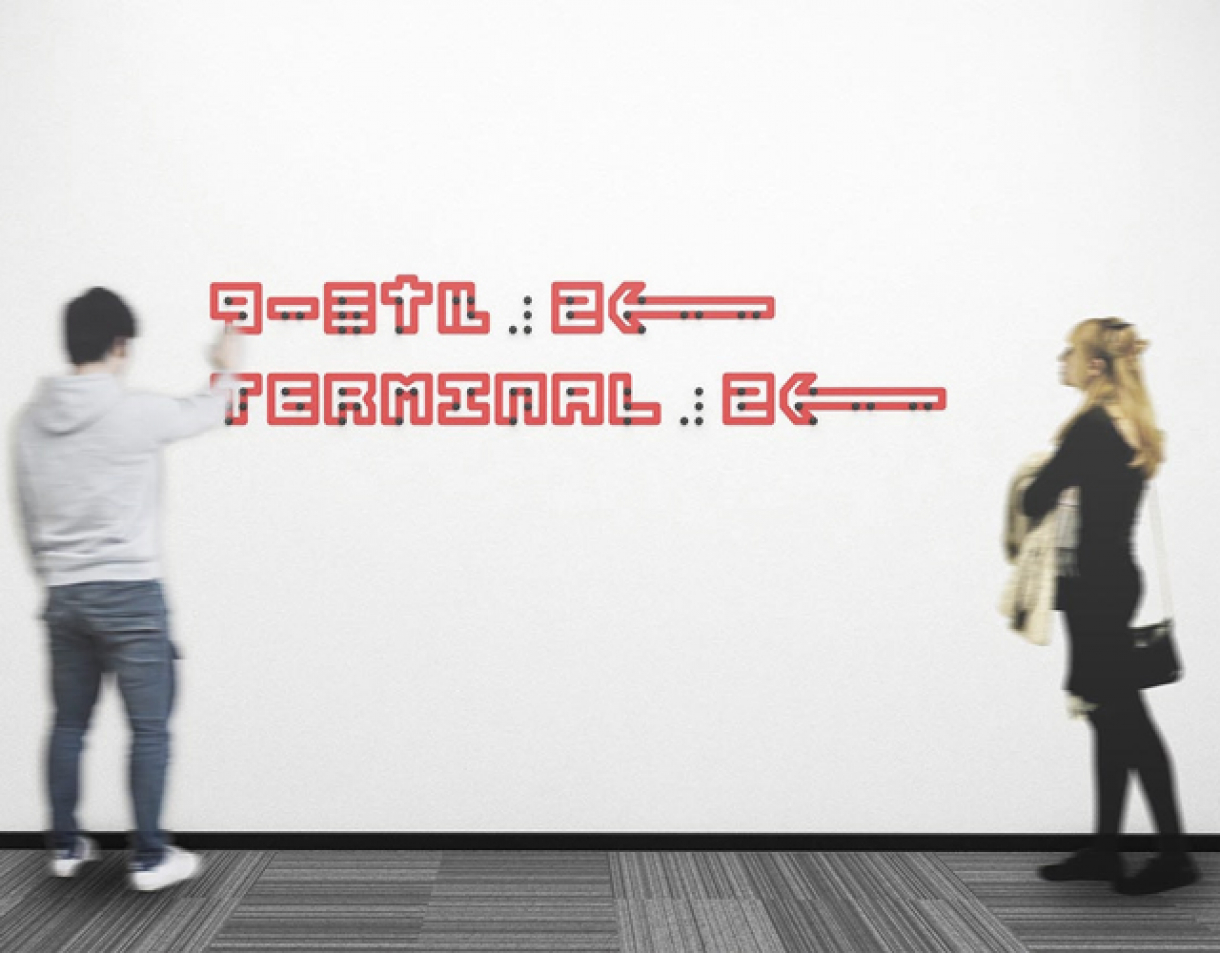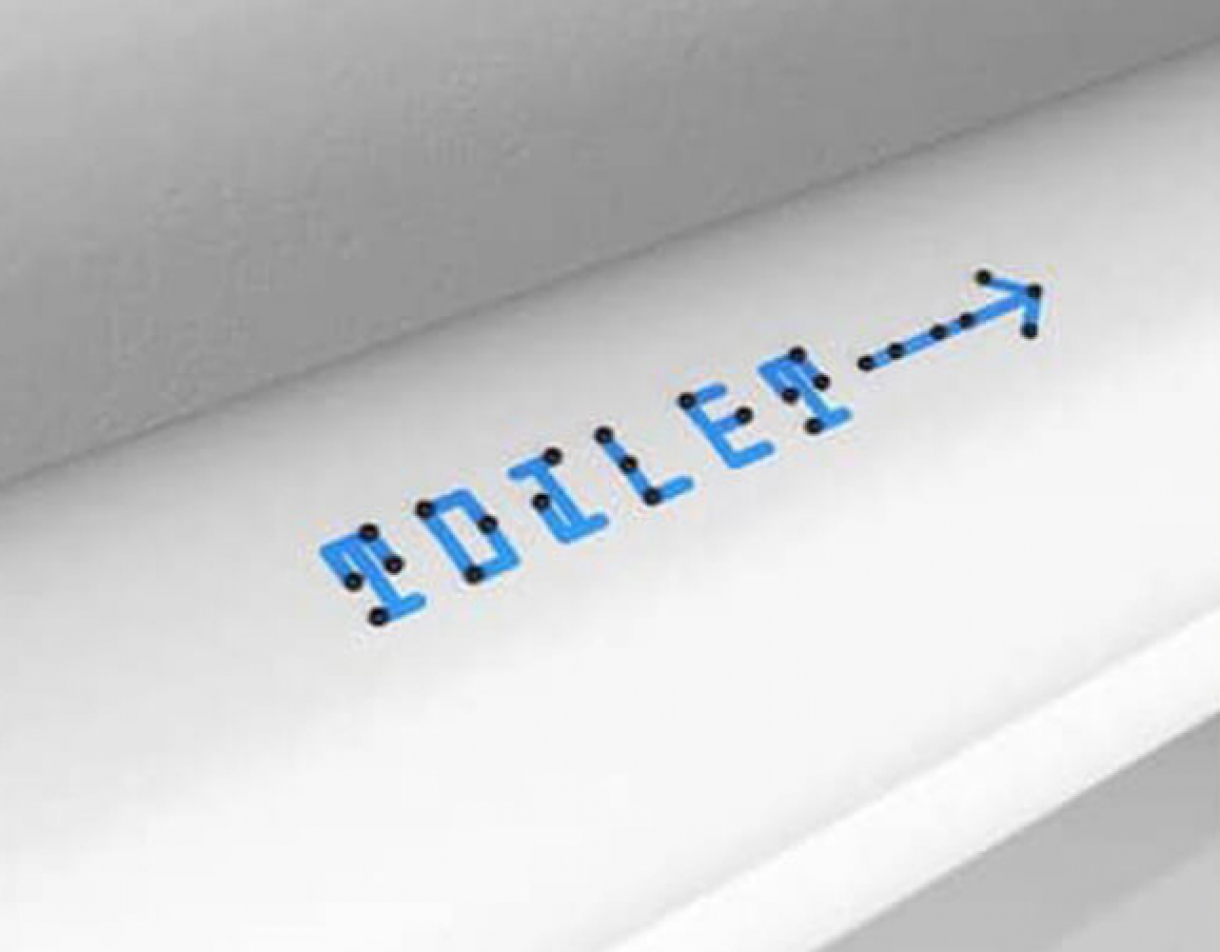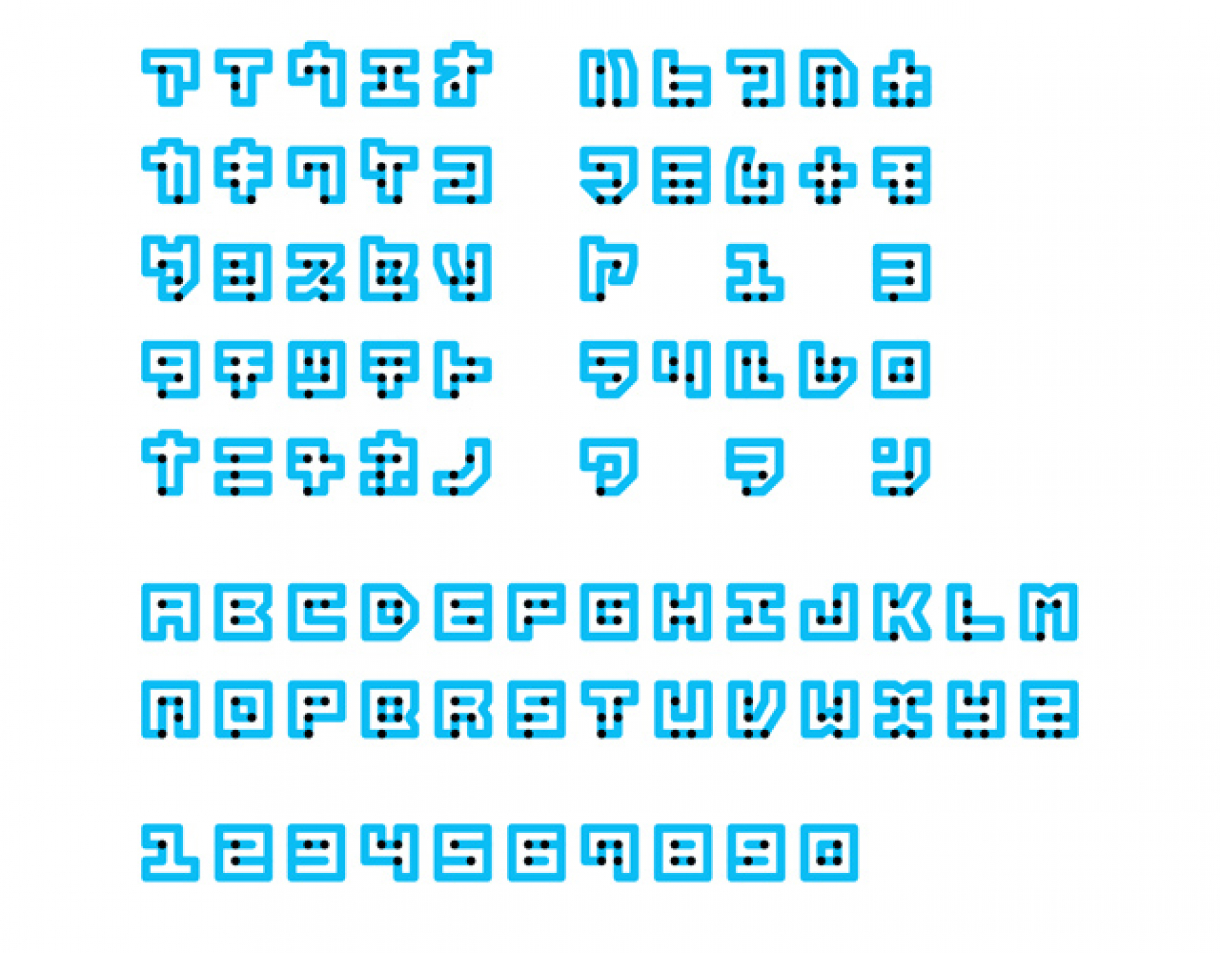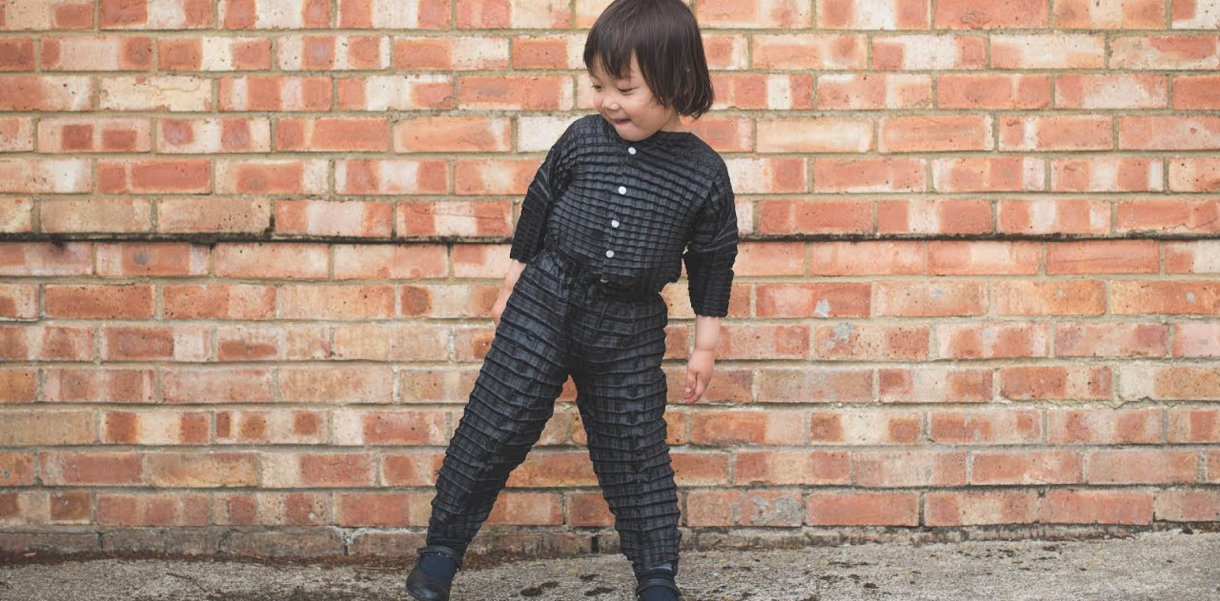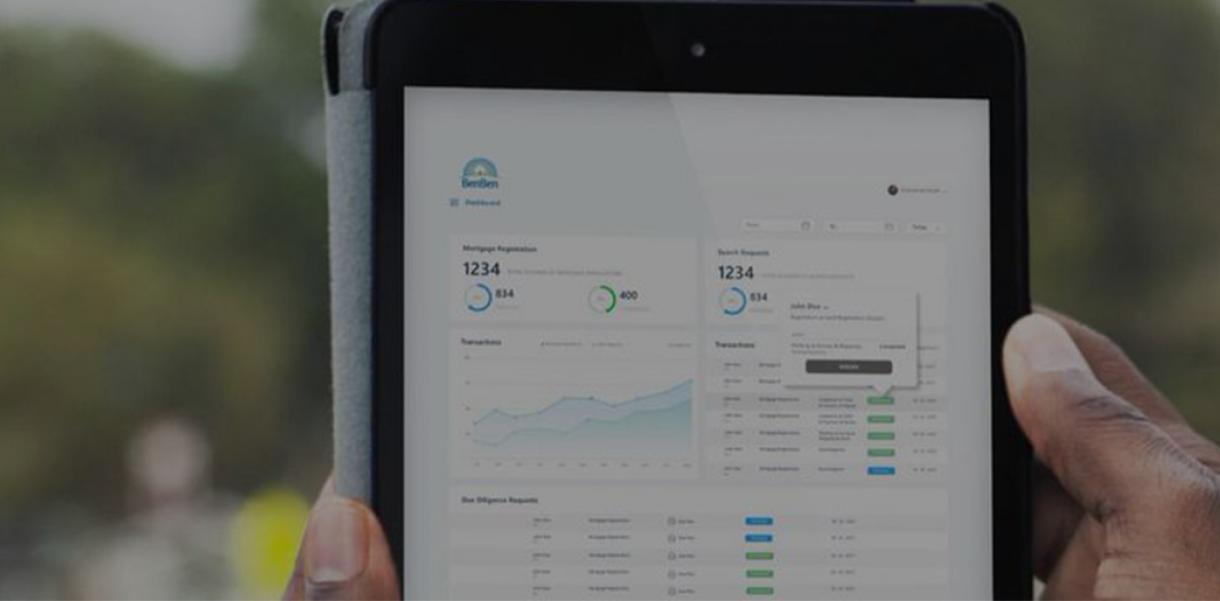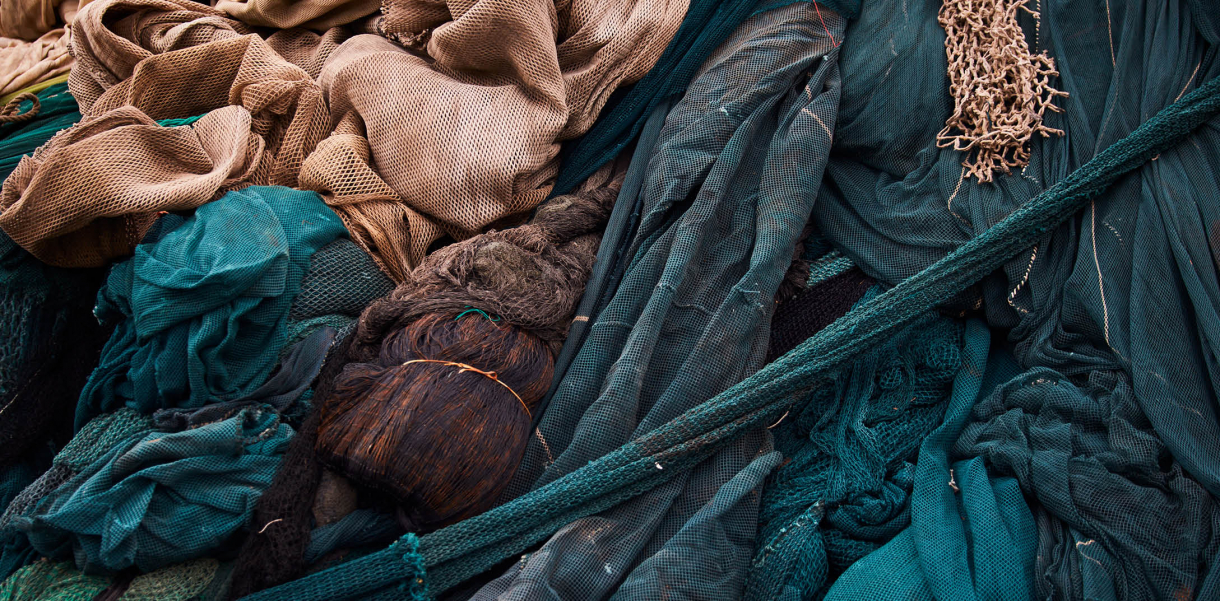Street names, warnings and useful directions in public areas can be hard to navigate for the visually impaired. As the sighted lean on words, visually impaired people are often lost without Braille. But, in a world populated by around 217 million visually impaired and with that number increasing about three times more by 2050, we need to start rethinking the way we communicate. And that’s exactly what Braille Neue is doing.
Instead of separating the Latin and Braille alphabet, Japanese designer Kosuke Takahashi’s mission is to make an intuitive blend. That’s why he created a universal typeface that combines Braille with existing characters, so it communicates to both the sighted and the visually impaired. This makes it easier to share information in the same space and bridges the gap between different sights.
In addition, the typeface makes it easier to keep Braille signage intact as it’s often damaged in public spaces. By using Braille Neue, the people who install and manage the signage can more easily find typographical errors.
Through something so significant as communication, the Braille Neue alphabet opens up for a connection between the sighted and the visually impaired. If all characters in the world are updated in the same concept, it’s one step closer to a world where everyone communicates equally and where an alphabet triggers interaction between people.
In Japan, Braille Neue has been implemented at public offices such as the Shibuya City Office and company buildings of Panasonic and Dentsu. It’s been featured in more than a hundred media outlets and efforts are in action to implement Braille Neue for the 2020 Tokyo Olympics and Paralympics. On top of that, Braille Neue is working towards applying the type to general software and making it accessible to print.
Braille Neue has even launched an open community for developing a multilingual version. It’s still a work-in-progress but already serves the mission of creating a world where Braille Neue is the new standard.
Designer: Kosuke Takahashi - Japan
UN SDGs: Good health and well-being & Reduced inequalities
Braille Neue from The Index Project on Vimeo. Music: Lee Rosevere


